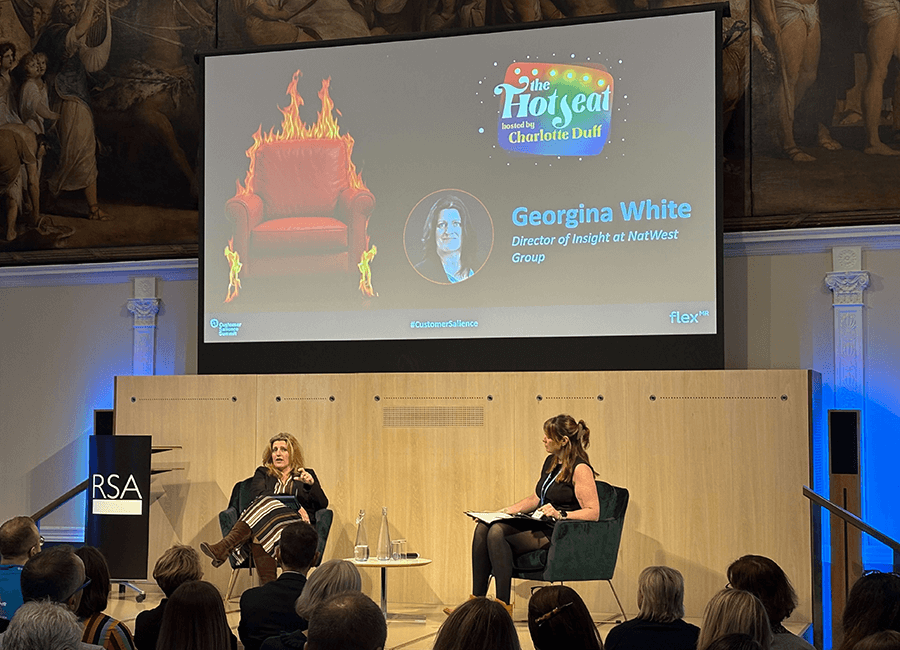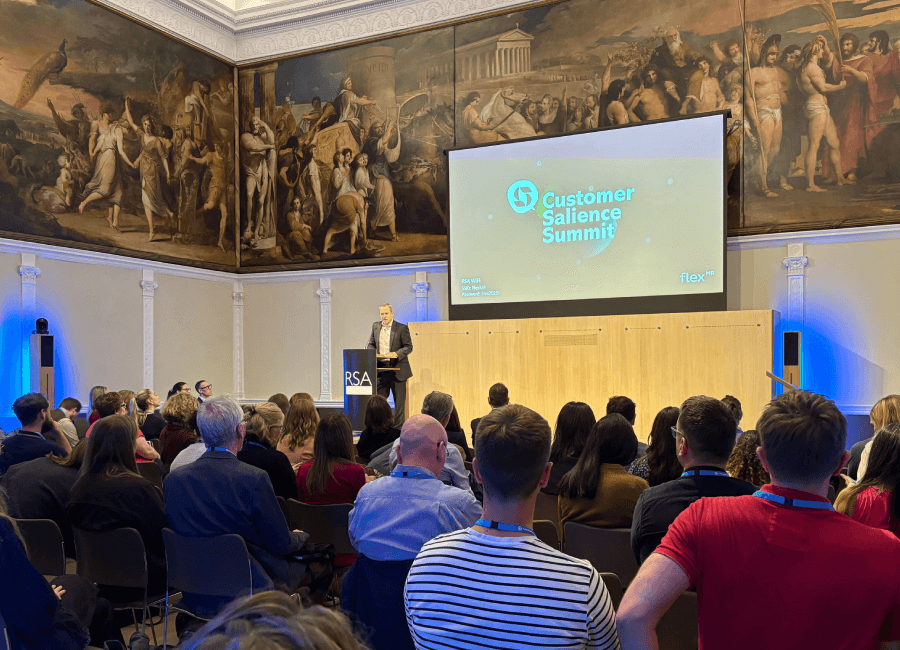Driving engagement and action from research is one of the most important, yet most difficult steps of the research process. Finding ways to improve that flow of insight around a business can make all the difference in driving return on your investment, so creating strategies to do this are crucial to the impact of insight. We too often default to the standard playbook of using a PowerPoint report delivered through a debrief session, yet, in this new world of hybrid and remote working, there has never been a more important time to craft new approaches to driving activation.
So how can we move beyond the ‘go-to’ traditional tools of PowerPoint and debriefs? Let’s look at three different processes that you can put in place to embed insights.
| Tweet This | |
| How do insight experts move beyond the ‘go-to’ traditional reporting tools to embed insights into stakeholder organisations? Here are three ways to make this happen. |
1. Leverage Discussions to Encourage Collaboration
It’s often quite hard to get key decision-makers in a room all at the same time. And even when we think we’ve got it all booked in, so often someone gets a diary clash or is called into a ‘more important’ meeting. A debrief can be a great way to get people together to discuss insights and actions, but it’s not always the most effective activation strategy. Why?
Because sometimes people haven’t fully ‘bought-into’ the process yet, or they need time to reflect on possible solutions, or they just need time to build consensus across departments. In this modern, time-poor world where people work from disparate locations, using asynchronous collaboration can be a more effective strategy.
Let me give two different examples:
- Tactical decisions are often being made all the time, and with so much data at our finger tips, decision-makers don’t want to give up their time to sit and debate; they just want to see the key data points and act. In these scenarios, the insight team should be prepared to curate the data into one place and share it with stakeholder. Using tools like our ActivateMR boards make this process super-simple by bringing quotes, findings, charts and videos into an online ‘board’ that can be shared as a webpage. Using tools like this, insight experts can enable discussion on specific tiles or on the board overall to support your colleagues to reflect, collaborate and build consensus in their quest for action.
- Strategic decisions on the other hand may well require a meeting with all key stakeholders, but how do we make sure the energy is maintained and action taken? In this case, ensure your process includes tailored follow-ups. Curate the 2-3 key insights relevant to each participant at the meeting and ask questions that continue the collaboration after the meeting. Assign actions and ownership. Again, using asynchronous discussion on tailored ‘boards’ are a good way to keep the collaboration going.
2. Create a Regular Research Review
One great way to create a customer-centric culture is to ensure that your customer’s voice is always being discussed in the business. We can manage that process by creating a continuous cycle research with monthly (or fortnightly) iterations of research and output. Creating an iterative format is a fantastic way of bringing decision-makers into a regular dialogue, curating key insights, collaborating on possible actions and getting ideas of what to research next. In the agile development world, these iterations are called ‘Sprints’ and with most businesses embracing LEAN and Agile language, adapting a research process into an iterative format with monthly ‘sprint reviews’ can be hugely successful.
We’ve been doing that in FlexMR for a while as part of our ongoing Community Panels. Given their regularity and burgeoning audiences, we find they necessitate an online format. They could have both real-time meeting time as well online asynchronous collaboration.
A really neat idea is to curate a ‘newspaper-style’ of feedback, but we move beyond ‘just’ doing it in an email newsletter format. Again, using our ActivateMR boards we build a newspaper style with sections for each theme that has emerged in the last month of research. We use that as a way to brand the research process and engage our audience in the headlines and insights, trailing the need to act.
In the Sprint Review call we run through the board, highlighting key parts and questions and directing people to collaborate on the tiles where we call for action. We also incorporate a ‘what next?’ box alongside each theme, asking for input into what else the teams want to know, which can be fed into the next research sprint. Doing it this way means that it is not imperative that people attend the real-time meeting because the online ‘newspaper’ contains the collaboration as well as the insights.
| Tweet This | |
| From using newspaper-style reporting to using pre- and post-workshop communications, there are many ways we can reinvigorate interest in insights. |
3. Take a Leaf from the Sales and Marketing Book
Sometimes there are decisions and projects that are so big or that are unique and one-off. Sometimes there are company-wide events or ‘Town-Hall’ sessions where you know there are key insights that people must see and be a part of. How do we drive and build that engagement? Here we might employ some push and pull tactics learned from the world of Sales and Marketing.
- Trail the feedback meeting in advance with some advertorial. Take key quotes that might be contentious or thought-provoking, design a killer title that begs a cliff-hanger, create a box to advertise the meeting/session and create a sign-up form. Even better, include a video from you or the key stakeholder outlining a key insight and the reason why the business needs to act. Again, this can be built into a simple online webpage using a variety of tools, including our reporting tool. Share that page far and wide across the organisation
- At the session pair insight feedback with real-time discussion and online collaboration. I’d recommend keeping off PowerPoint still, because an online board challenges you to be selective in the insights that you curate, but also because we can direct and capture the collaboration on the board next to the insights themselves, which makes it easier to record actions and share responsibilities in the meeting. We can make these a synchronous online collaboration via text-chat comment areas, too
- Follow-up with summary outputs and more discussion on actions. As with the first idea for the strategic asynchronous follow-up after a regular debrief, I’d recommend tailoring key insights into specific boards for each audience that took an action; this way we can share that responsibility with the key insight, ideas that were discussed and the actions taken from it. Bringing it all together in that tailored way enables them to share with team and keep sight of the customer insight that is driving the action


















